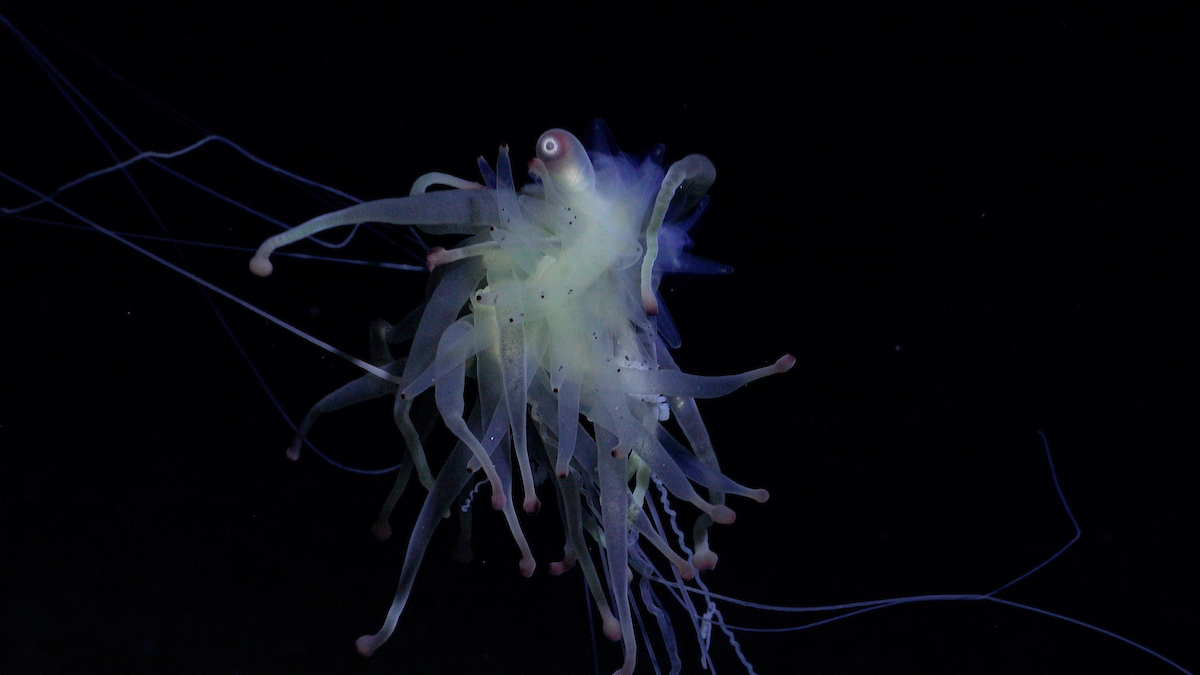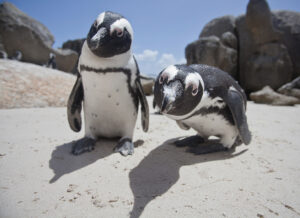Until recently, nobody knew the bounty of curious deep-sea species thriving below Easter Island. A recent discovery of new life in the area raised eyebrows. And now, another expedition has yielded even more bizarre, never-before-seen creatures — and a lot of them.
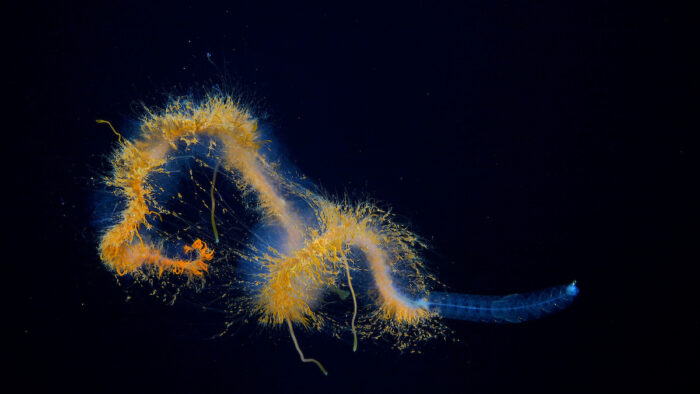
A galaxy siphonophore. Photo: ROV SuBastian / Schmidt Ocean Institute
Researchers discovered 160 new species living along the Salas y Gómez Ridge near Easter Island in the Pacific Ocean. The ridgeline comprises over 100 seamounts submerged at depths over 1,000 meters.
The newly explored area has proven extremely biodiverse. Just last month, a project led by the same group revealed over 100 new species in a separate find on adjacent seamounts.
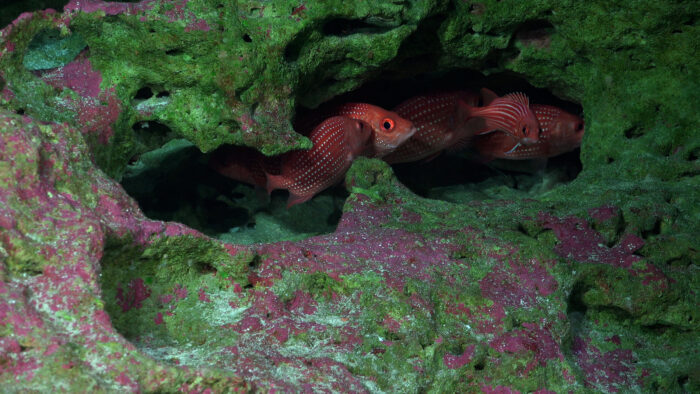
Soldierfish (possibly a mix of Sargocentron wilhelmi and Pristilepsis oligolepis) seen near a seamount summit. Photo: ROV SuBastian/Schmidt Ocean Institute
“The astonishing habitats and animal communities that we have unveiled during these two expeditions constitute a dramatic example of how little we know about this remote area,” Javier Sellanes, a professor in the Universidad Católica del Norte Department of Marine Biology in Chile who worked on the expedition, said in a statement.
Recent discoveries include squid, fish, corals, mollusks, sea stars, glass sponges, sea urchins, crabs, and squat lobsters — to name a few. Sellanes’ team found the explosion of biodiversity blooming on just a few seamounts.
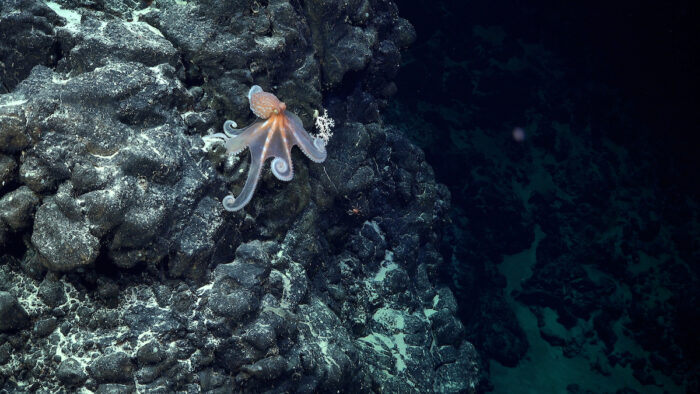
An octopus on an unexplored and unnamed seamount. Photo: ROV SuBastian / Schmidt Ocean Institute
They hope the work will help expand environmental protections in the area. The habitats from earlier this year enjoy protection under two marine parks sanctioned by Chile, but the new areas do not.
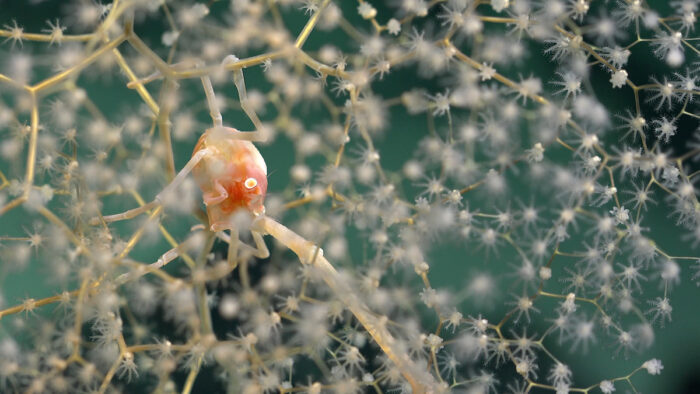
A Chrysogorgia coral and squat lobster. Photo: ROV SuBastian/Schmidt Ocean Institute
Meanwhile, a Canadian metals company could start extracting materials for electric vehicles from the Pacific Ocean floor as soon as this year.
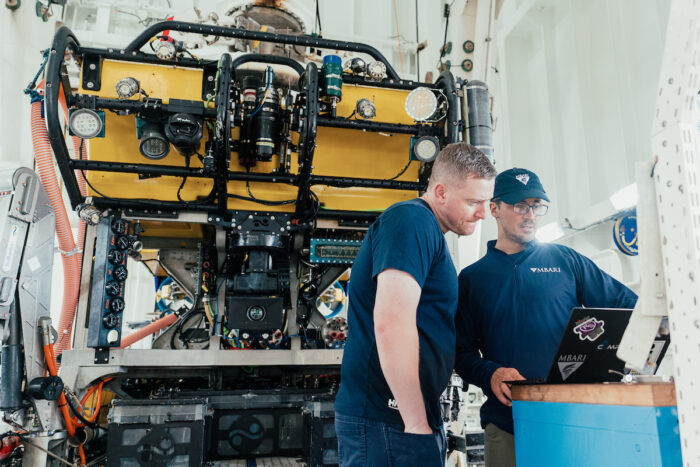
Technicians consult before installing a camera on ROV SuBastian. Photo: Misha Vallejo Prut/Schmidt Ocean Institute
